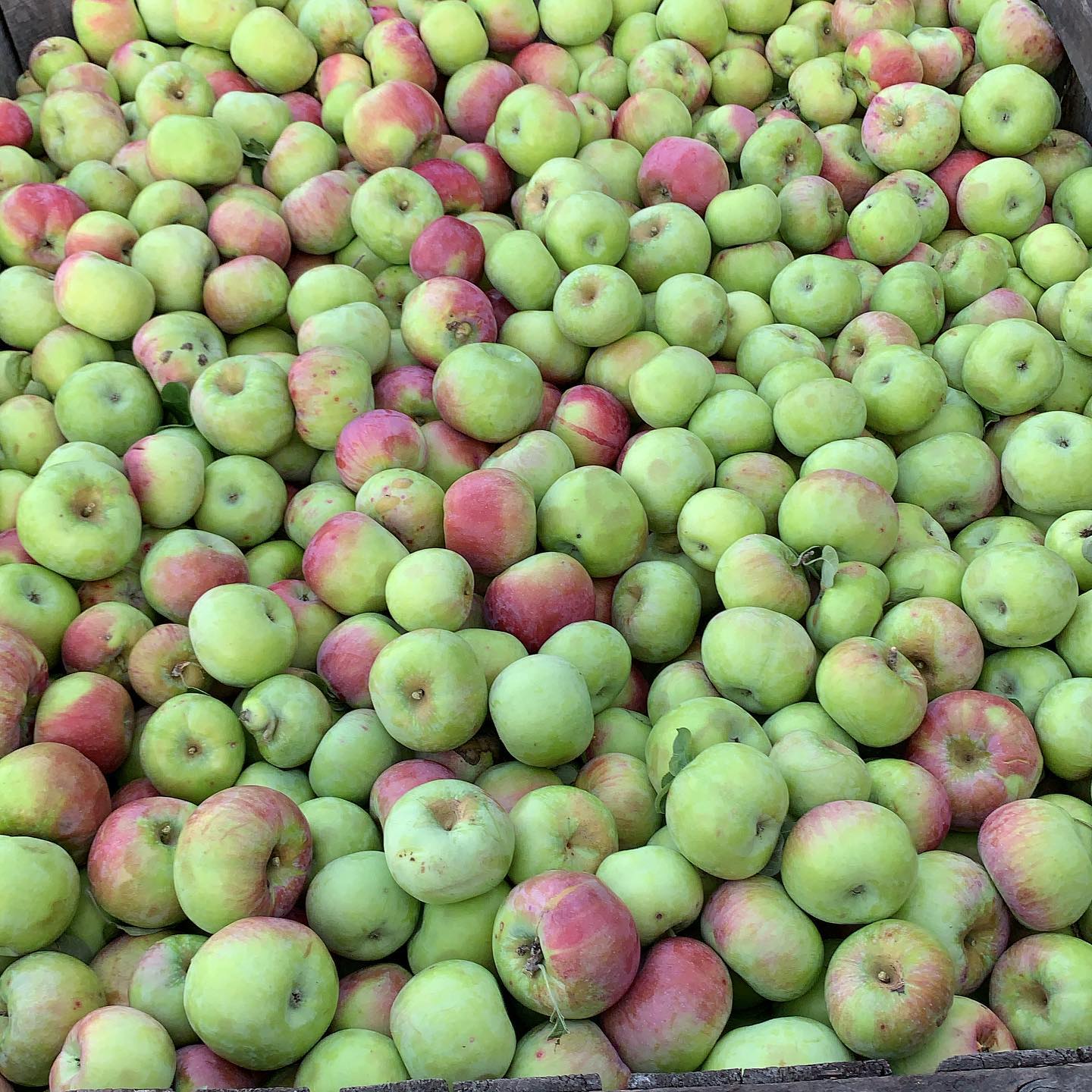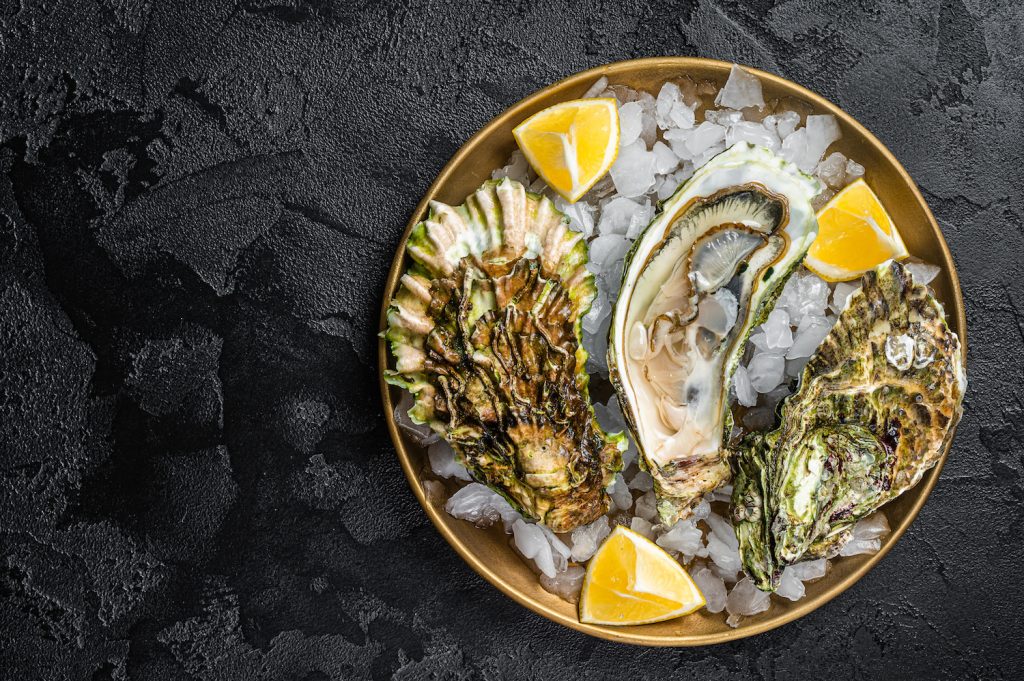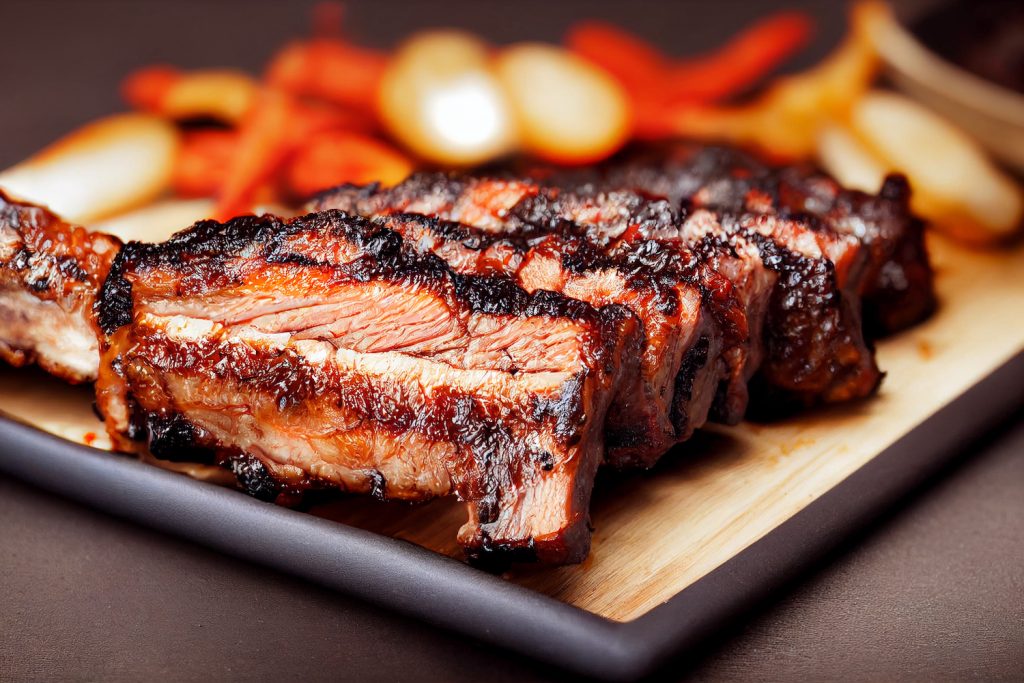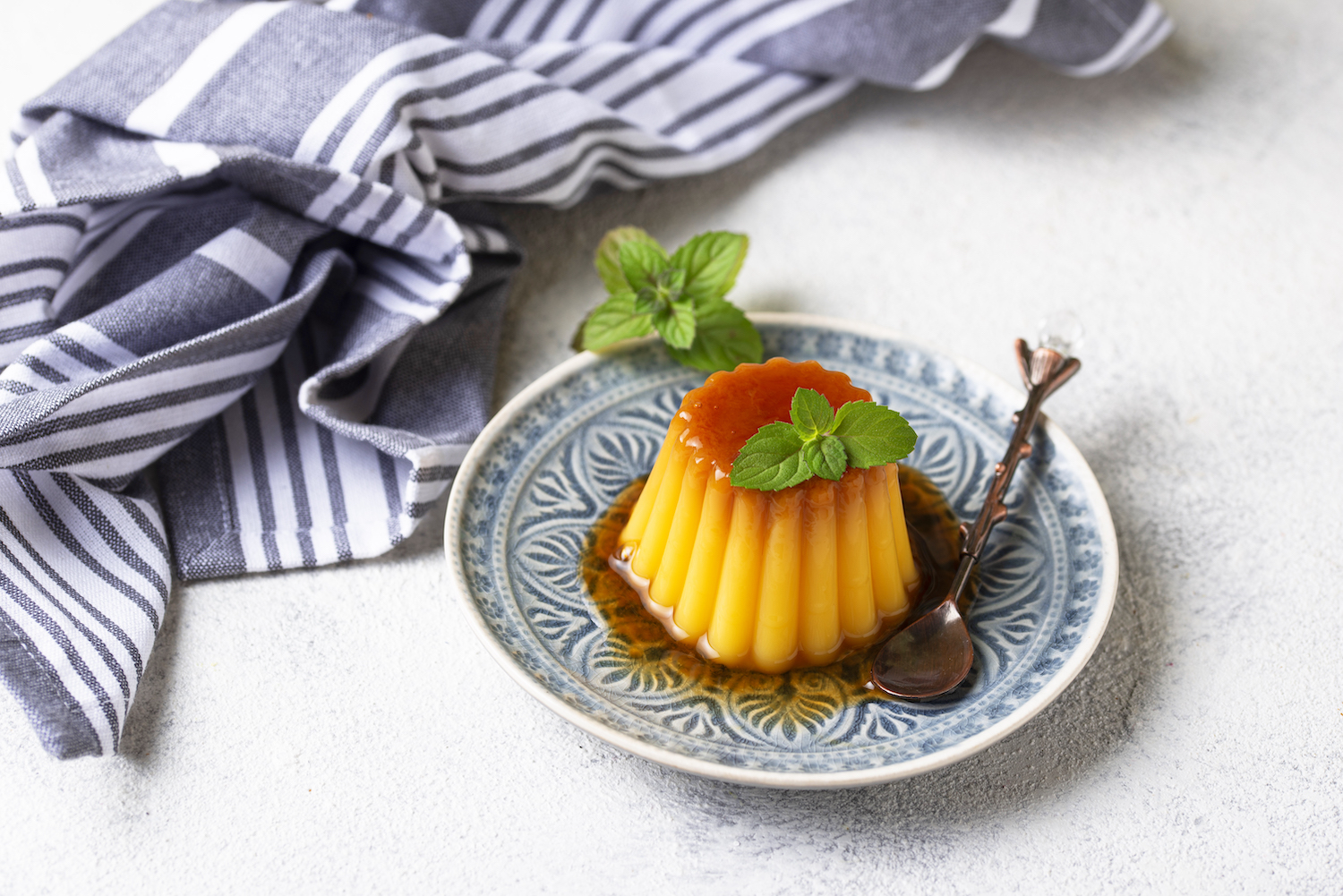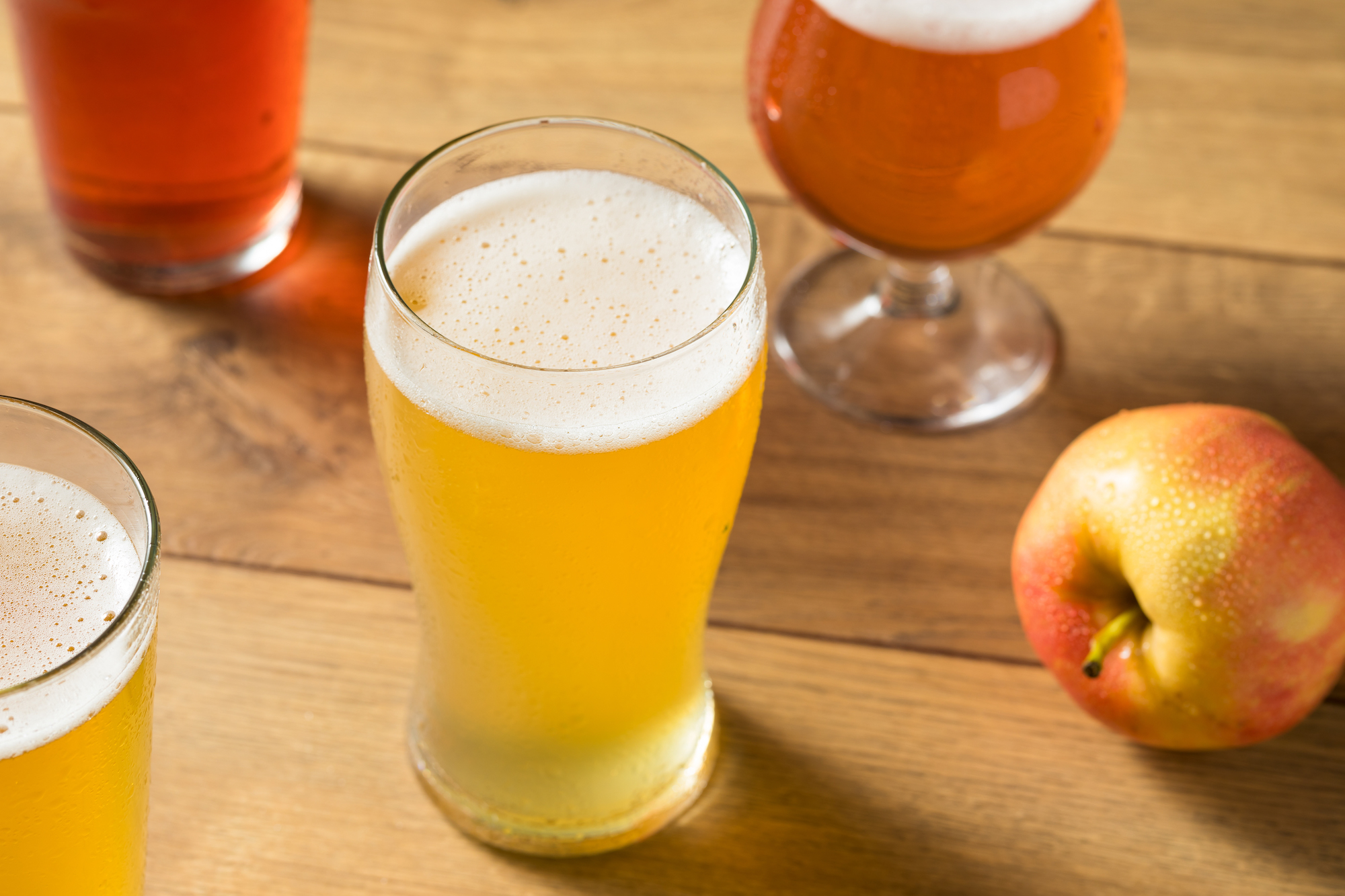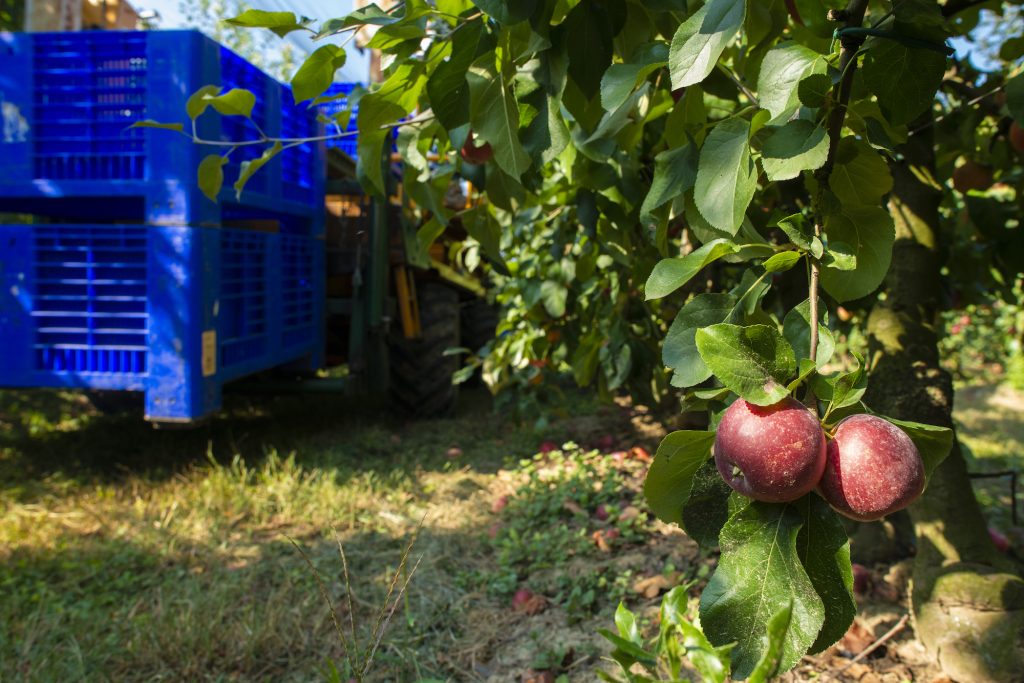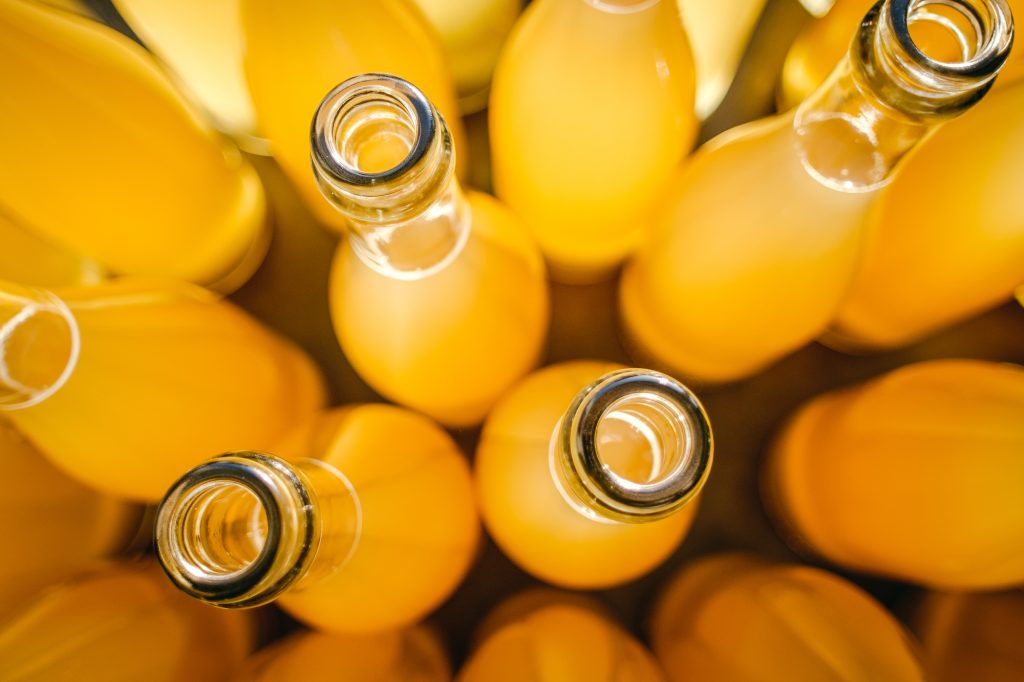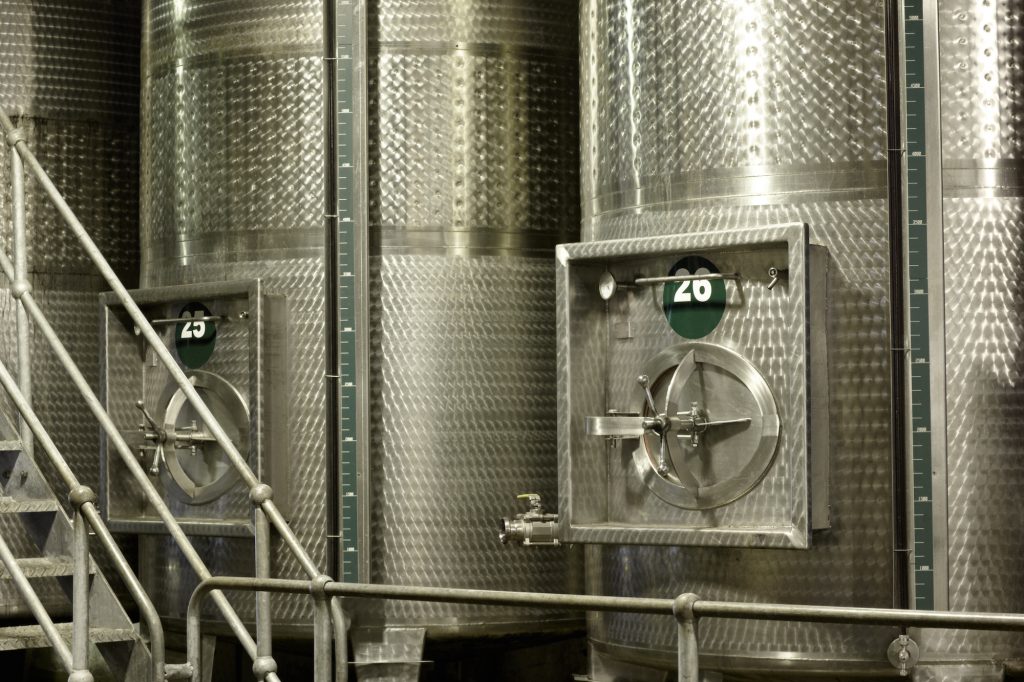What’s better than having a cold cider drink knowing it is brewed in a sustainable cidery? Nowadays, people are becoming more cautious about how companies use their products and materials in an environmentally conscious way, leading to consumers reacting positively to sustainability, which also leads to more engagement and higher sales. Cideries depend on crops such as apples, as a key ingredient.
The environmental impact of cider can be felt through air pollution. One of the key contributors to carbon emissions is transportation, so the more locally apples are sourced, the more sustainable they are, and the less amount of carbon emissions are put out. Working with local farmers not only decreases emissions, it allows cideries to have close relationships with growers who will cater to their needs. Some cideries even grow and have their own apple orchards. Cideries, unlike supermarkets, do not care if the apple is bruised, discolored or has an insect bite, they simply care about the juice it holds. Taking this even farther, it means that apples grown with the purpose of becoming hard cider can skip the pesticide process. They do not use pesticide on their orchards, therefore producing organic apples in a natural fashion, and eliminating and preventing the pesticide runoff into lakes and streams.
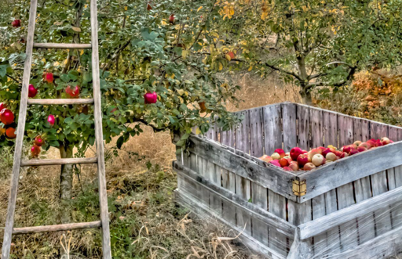
Producers are becoming more conscientious about the environmental impact of cider.The material they use are low waste: once cider apples are juiced, the remaining wasted fruit fiber, called pomace, can be used for livestock feed, or is incorporated into compost, back into the soil and environment. Currently, fumes and waste are all around us, so to see cideries make their apple ciders in a sustainable environment is very appealing and satisfying to the mind and body.
Did you know that hard cider is the best alcoholic beverage for the environment? While it is still the smallest portion of the alcohol industry, it’s also the fastest growing. By comparing it to other alcoholic beverages, it has the simplest production process. The process Apple Orchard Owners go through is: growing, picking, washing, grinding and mashing the apples. After that,
letting it sit and ferment without heat (similar to the process for wine). There you have it, the process is complete for packaging.
The Environmental Impact of Cider
The environmental life cycle of any beverage production considers the drink from raw materials to its waste which includes the materials used for the drink and packaging. There are many factors that go into the production process: distillation practices, water use, transportation, refrigeration, and waste management. Here are the 3 largest aspects of alcohol production. The first aspect is raw materials being the fruit for the alcohol and the materials for the containers and packaging. The second aspect is production which requires the use of generating electricity, refrigeration, water use, and waste management. The third aspect is transportation depending on the distance and the use of fuel consumption, refrigeration, and GHG (Greenhouse gasses) emissions it will produce. Apple orchards, like many forms of vegetation, absorb carbon dioxide, provide habitats to wildlife and, if done right, offer seasonal grazing of livestock as was done in the past.
With that in mind, we can conclude that in terms of producing in a sustainable environment, cideries are actually more sustainable than other craft beverage producers like breweries or distilleries. This is due to the fact that cider is fermented without heat, similar to wine. This process uses less energy, and if the cidery is committed to using renewable energy, the cidery can not only be a low energy producing company, but it can also use clean energy. Cideries not only lower the carbon footprint and energy expenditure of the company, but also appeal to people who are into sustainability. Thus, it helps lower the consumer guilt of feeding into potentially harmful or wasteful corporate practices. In these ways, the environmental impact of cider is minimized, while still remaining appealing and profitable.
Packaging
Once apple cider is produced it requires packaging, which can also be done in a similar mindful and sustainable way. Packaging the apple cider is another important step that should not be taken lightly, for example, the debate of whether to use glass or aluminum cans. Research shows that aluminum cans can be recycled over and over again, as they are made up of 70% recycled material and are lighter to transport. Thus, more and more cideries are opting for the recycled cans instead of glass to protect and contain their product. It is important to choose packaging that minimizes waste and the negative environmental impacts of cider, and maximizes profit, quality, and efficiency.
Paktech packaging company is very conscious about the environmental impact of cider and other beverages producers, they take pride in being known to be one of the more sustainable companies. Consumers prefer using 100% recyclable packaging that uses as little material as possible and PakTech’s handles provide all three. With lower emissions, less ozone depletion, cleaner water and less energy used, PakTech’s handles are the most environmentally friendly option. From supporting local farmers and giving to environmental non-profits, to joining their commitment to reduce greenhouse gas emissions to net zero by 2030, there are tons of additional ways to become an environmental impact of cider and other companies today.
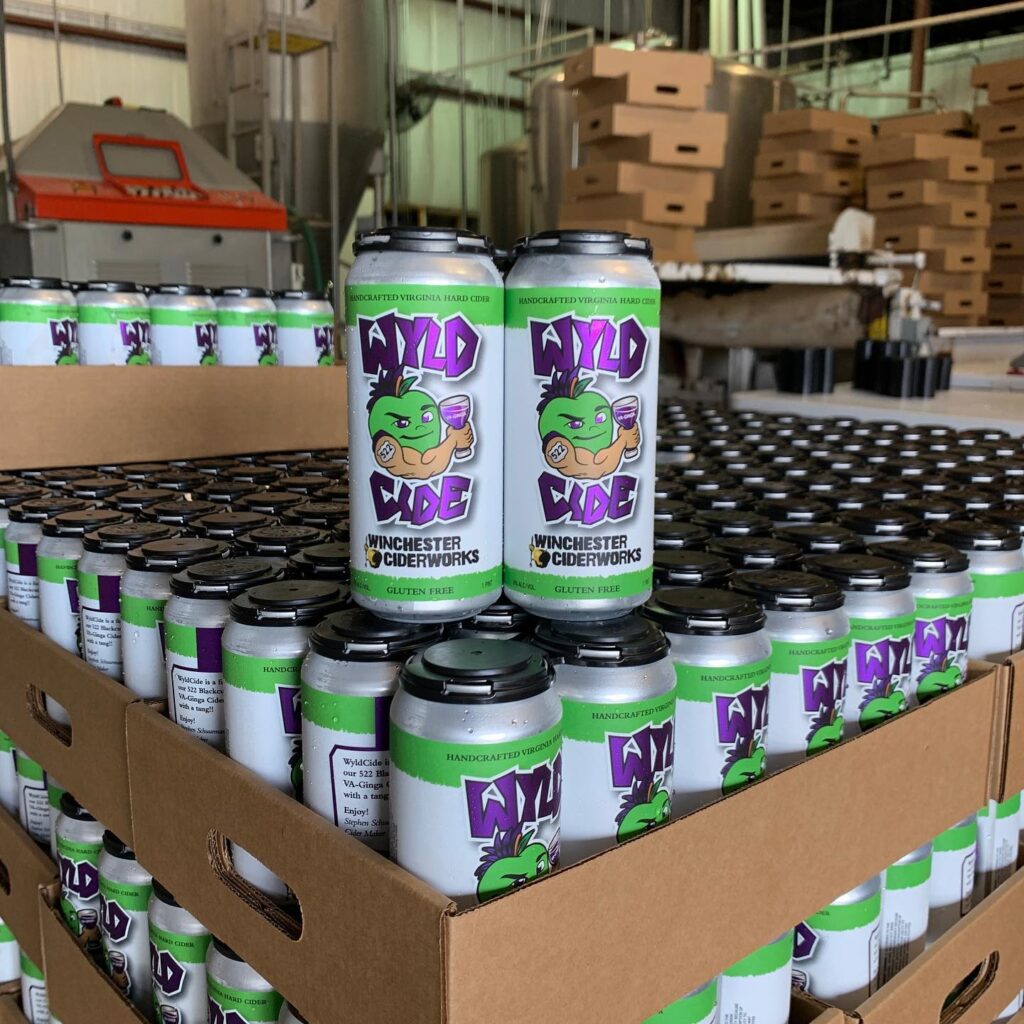
Conclusion
As many cideries recognize the importance of a sustainable environment, Winchester Ciderworks purchase their apples from a neighboring apple orchard to minimize the effect waste that is caused by fossil fuel. (Most growers are being conscientious about the use of pesticides and fertilizers that disrupt natural ecosystems. For centuries before modern agriculture, apple growers would maintain natural meadows under apple trees, allowing livestock to seasonally graze, and thereby to fertilize the orchard with their waste) (Cider Culture).
Knowing this, it shouldn’t be a surprise that conventional apple farming had the biggest environmental impact of cider, and that many farmers are reverting to the older methods of farming, which are better for the environment, hence better for our future.
After hearing of the sustainable practices of apple cideries, are you more likely to get an ice cold bottle of local and sustainable cider, or a regular old beer?


